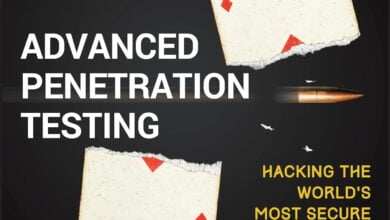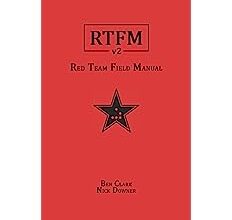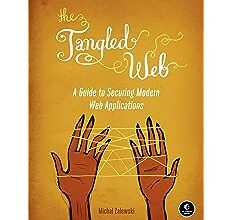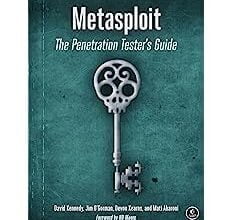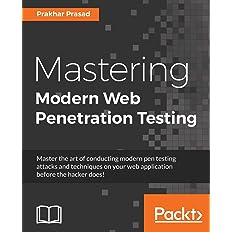
Rating: 4.4/5
Greetings to all digital warriors and explorers of the bug-bounty universe! Today, we cast a spotlight on Prakhar Prasad’s essential tome: Mastering Modern Web Penetration Testing. This insightful piece promises to bolster your arsenal, so if you’re yearning to master the intricacies of the web’s battleground, read on.
The crux of modern cybersecurity hinges on staying ahead, a concept Prasad champions from the outset. The introduction resonates with a powerful statement: “Web penetration testing is more than tools—it’s about understanding and strategizing the assault.” Such a perspective lays the foundation for the reader to grasp the holistic approach necessary in today’s complex web environment.
Diving into the chapters, one appreciates the meticulous structure Prasad employs. Delving into globally recognized methodologies like OWASP and PTES, he ensures readers aren’t just familiarized with names but gain an intimate understanding of their components and applications. Each section is complemented with illustrative code snippets and command-line examples, providing a balanced mix of theory and practice.
One chapter that truly underscores Prasad’s expertise is his comprehensive exploration of Cross-Site Scripting (XSS). Through it, learners journey from the rudiments of XSS to mastering sophisticated bypass techniques, culminating in a hands-on tutorial that’s worth its weight in gold.
The author’s foresight shines when addressing current web trends. From dissecting HTML5-based attacks to unraveling the intricacies of Single Page Applications (SPAs), Prasad demonstrates an acute awareness of the evolving web landscape. He meticulously guides readers on exploiting SPAs using industry-favored tools like Burp Suite, solidifying theoretical discussions with pragmatic code-based demonstrations.
However, perfection is elusive. The book’s technical density, while invaluable to some, may appear as Everest to novices. The assumed foundational knowledge can be daunting for a newcomer. Furthermore, while topics such as SQL Injection receive the lion’s share of attention, others like Server Side Request Forgery (SSRF), might feel a tad neglected. It would have been commendable to maintain a consistent depth across all subjects.
Let’s break it down for varying skill levels
- Novices: While the terrain is challenging, with dedication and some external foundational resources, this book can pave a transformative journey.
- Advanced Beginners to Competent: The guide’s real goldmine lies here. With a blend of theory and practicality, Prasad ensures readers emerge with a nuanced, actionable understanding of modern penetration testing techniques.
- Proficient and Experts: As a refresher or a source to keep abreast with dynamic web testing techniques, this book serves as an indispensable ally.
Penetration testing is a dynamic realm. With fleeting tools, ever-evolving techniques, and newly discovered vulnerabilities, Prasad’s emphasis on the rapid pace is a sobering reminder for any cybersecurity enthusiast.
To encapsulate, Prakhar Prasad’s Mastering Modern Web Penetration Testing is a beacon for anyone aspiring to ascend in the world of web penetration testing. Despite some room for improvement, the tome’s vast reservoir of insights and hands-on methodologies makes it an invaluable addition to one’s cybersecurity library. As we journey through this digital age, guided by Prasad’s wisdom, we’re reminded that in the realm of knowledge, “The thirst is eternal, and every drop of knowledge only intensifies the flame.”
Bug bounty hunters, ethical hackers, and web penetration testers – this is a call to arms. The cyber battlefield awaits, and with Prasad’s guide in hand, victory is but a few exploits away.
